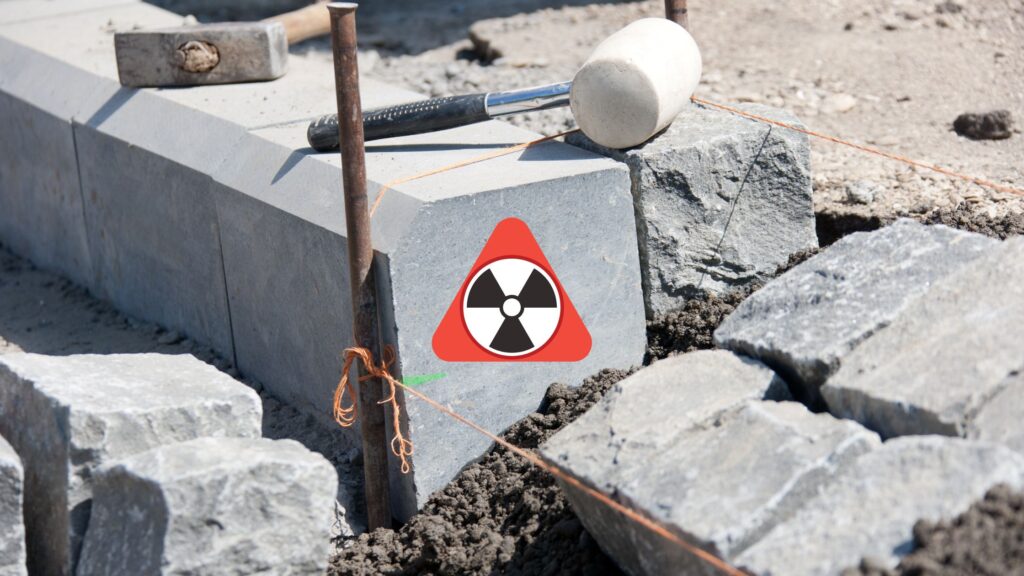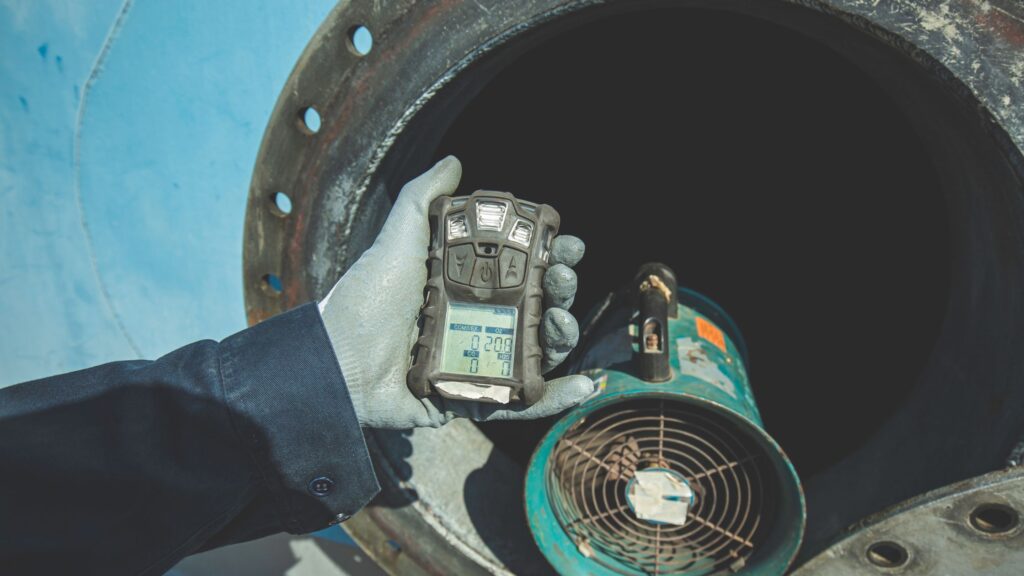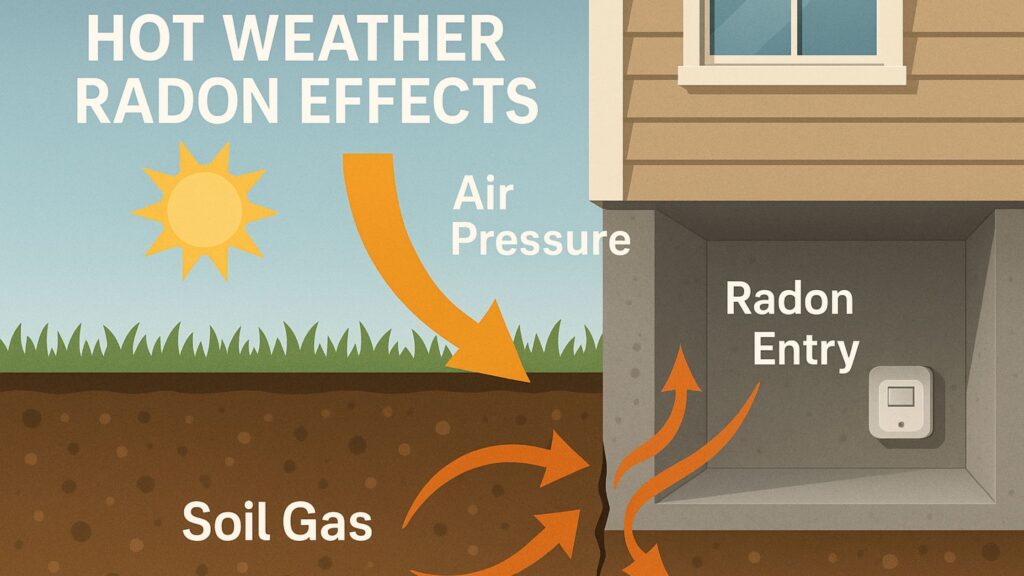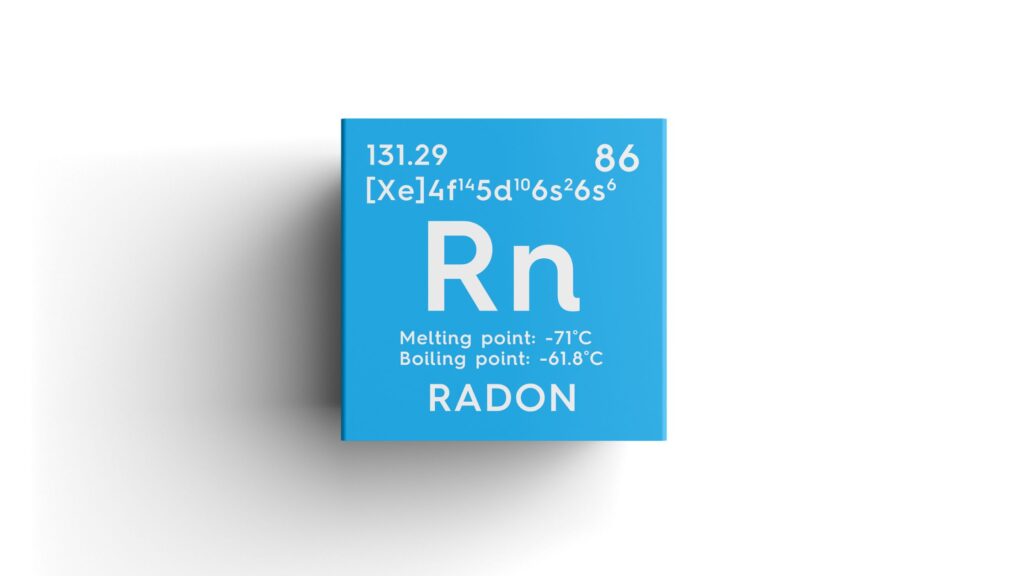Radon gas testing is essential for protecting your family’s health and your home’s value. This invisible, odorless gas poses a serious health risk if it accumulates indoors. Fortunately, with proper testing and mitigation, you can prevent long-term exposure.
In this guide, we explore why radon gas testing is crucial, how radon enters buildings, available testing methods, and how professional mitigation services—like those offered by DSM Radon ensure your environment remains safe and breathable.

Table of Contents
- Why Radon Gas Testing Matters
- Radon and Its Sources
- How Radon Enters Your Home
- Testing Methods: Short-Term vs. Long-Term
- How to Interpret Test Results
- What to Do if Radon Levels Are High
- Benefits of Hiring a Certified Radon Specialist
- DSM Radon: Local Expertise in Radon Safety
- Conclusion
- FAQs
Why Radon Gas Testing Matters
Radon gas testing is not just a precaution; it’s a necessary step in maintaining indoor air quality. According to the EPA, radon exposure is the second leading cause of lung cancer in the U.S., following smoking. Unlike visible hazards, radon cannot be seen, smelled, or tasted.
This makes routine radon gas testing all the more important particularly in high-risk geographic areas. It ensures that even invisible threats are brought to light and addressed effectively. You can learn more about radon and its dangerous effects here.
Radon and Its Sources
Radon is a naturally occurring radioactive gas that results from the breakdown of uranium in soil, rock, and water. It’s released into the air and can seep into buildings through gaps and cracks. While outdoor radon levels are usually low and harmless, indoor levels can accumulate and become dangerous.
Due to its radioactive nature, radon decays into solid particles that can attach to lung tissue when inhaled, leading to serious respiratory health problems over time. That’s why radon gas testing is essential in both new and older buildings.
How Radon Enters Your Home
Radon typically enters homes through:
- Cracks in the foundation or walls
- Construction joints
- Gaps around service pipes
- Sump pump openings
- Crawl spaces
Once inside, radon gas becomes trapped and concentrated, especially in lower levels like basements. Even airtight homes are not immune, which reinforces the need for regular testing.

Testing Methods: Short-Term vs. Long-Term
There are two main types of radon gas testing:
- Short-Term Testing
This method lasts from 2 to 7 days. This test provides a quick snapshot of radon levels and is often used during real estate transactions or for preliminary evaluation.
- Long-Term Testing
Lasting 90 days or more, this method offers a more accurate understanding of your average radon exposure over time. It is ideal for making decisions about mitigation.
While DIY test kits are available, professional testing ensures precise placement of monitors, accurate readings, and proper interpretation of results.
How to Interpret Test Results
Results are measured in picocuries per liter (pCi/L). The EPA recommends mitigation if your home’s radon level is 4.0 pCi/L or higher.
However, even levels between 2.0 and 4.0 pCi/L may pose health risks with prolonged exposure. Many experts suggest taking preventive measures even if results are only slightly elevated. A follow-up long-term test can confirm whether mitigation is needed.
What to Do if Radon Levels Are High
If radon gas testing reveals high levels, the next step is to install a radon mitigation system. These systems typically work by:
- Sealing entry points
- Creating a suction point below the foundation
- Venting radon gas above the roofline, away from windows and vents
Post-installation testing ensures the system functions correctly and reduces radon to safe levels. Maintenance and periodic retesting also help ensure long-term protection.
Benefits of Hiring a Certified Radon Specialist
Although some homeowners consider DIY testing and mitigation, working with a certified radon specialist provides unmatched value. Here’s why:
- Expertise: Certified professionals understand the nuances of building structure and air movement.
- Accurate Testing: They use continuous radon monitors and other advanced tools.
- Custom Solutions: Systems are designed for the unique layout and airflow of your home.
- Regulatory Compliance: Professional services meet state and federal safety standards.
- Peace of Mind: You receive documentation, warranties, and reliable customer support.
DSM Radon: Local Expertise in Radon Safety
For homeowners in Iowa and surrounding areas, DSM Radon offers full-service radon gas testing and mitigation. With years of experience, their certified team specializes in:
- Residential and commercial radon testing
- Radon mitigation system design and installation
- Waterborne radon assessment and removal
- Post-mitigation performance verification
- Real estate transaction support
Serving cities like Des Moines, Ankeny, Clive, Urbandale, Altoona, and more, DSM Radon uses state-of-the-art technology and local knowledge to deliver effective, long-lasting results.
Whether you’re concerned about your current home or preparing to buy or sell, their team ensures you meet health and legal standards. With fast turnaround, detailed reports, and transparent pricing, DSM Radon stands out as a trusted local partner.

Conclusion
In conclusion, radon gas testing should be a regular part of home safety practices. The invisible threat of radon makes testing a must, not a maybe. With professional testing and mitigation, you can ensure a safer, healthier living environment for everyone in your home.
For Iowa residents and nearby areas, DSM Radon provides certified, dependable services that protect your home and your loved ones. Don’t leave your health to chance—get your home tested today.
FAQs
Q: How often should I perform radon gas testing?
A: The EPA recommends testing every two years or after major renovations.
Q: Can I rely on store-bought test kits?
A: While DIY kits provide basic data, professional testing ensures accuracy and detailed insights.
Q: Are new homes at risk for radon?
A: Yes. Even newly built homes can trap radon if soil conditions or construction flaws exist.
Q: What is the safe level of radon?
A: Any radon level above 4.0 pCi/L should be mitigated. Levels between 2.0 and 4.0 also warrant monitoring.
Q: Will mitigation affect my property value?
A: On the contrary, professionally installed radon systems can increase buyer confidence and property appeal.




